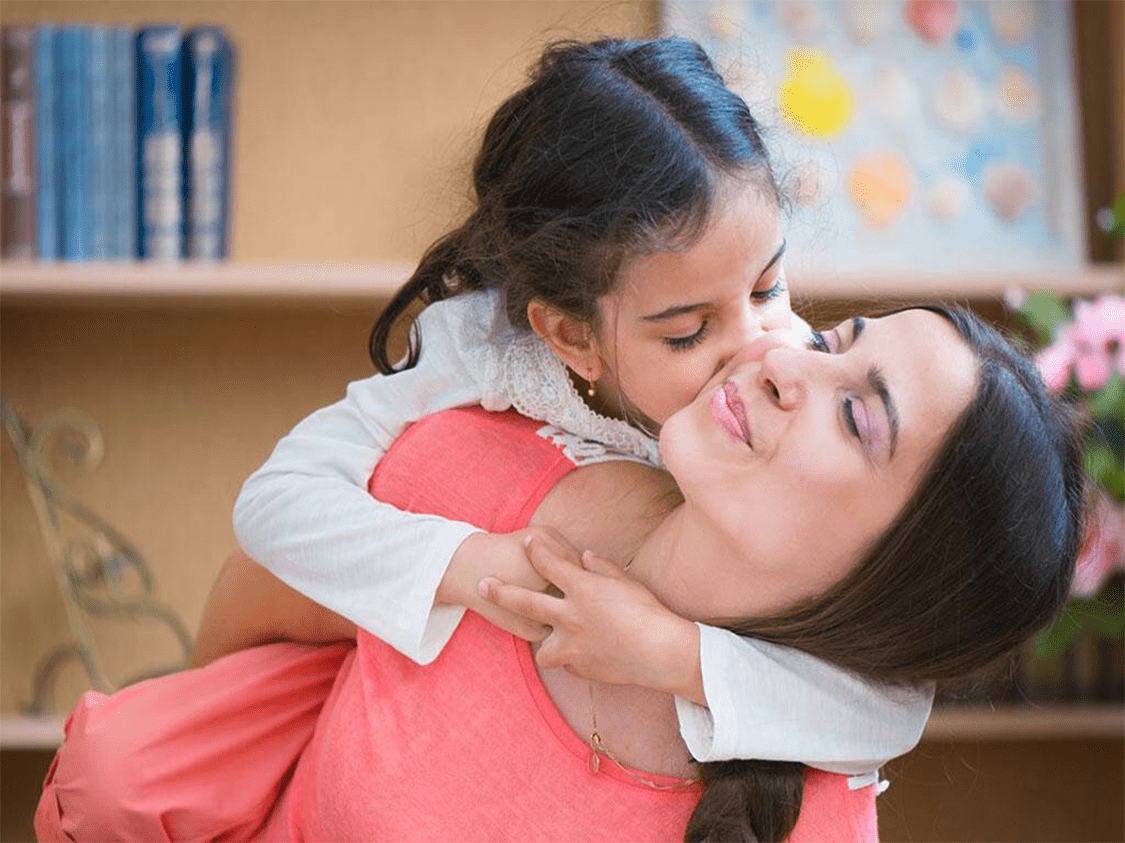Well, it’s time! If you think that it’s too early to talk to your child about it, pause and think again!
While you raise your little prince/princess with utmost love, care and affection, you cannot be everywhere at any given point in time. As your child starts growing up and learns to become independent, they are going to interact with others in several social settings.
Let’s face it, child abuse is a silent predator in today’s times. And the worst part is, most kids are not even conscious of what’s happening to them.
It may come across as quite a task for parents of preschoolers to teach them the difference between a good touch and a bad touch or a dangerous stranger, but the fact remains that it is imperative for the betterment of our young children that they know about all this and can deal with it if they ever encounter a situation like this.
8 Ways To Initiate A Conversation With Your Kids
Here are a few ways to initiate a discussion with kids about stranger danger and good touch, bad touch.
1. Start By Telling Children About Their Private Parts
Head, shoulders, knees and toes… and more! While we start teaching them about the basic body parts like the head, ears, eyes to a child as young as 1-year-old, we often skip chest, thighs and private parts. Tell them that the body parts we usually keep covered are our private parts and no one has the permission to touch them there. It is never too early to impart this vital education to your child, at least at a basic level.
2. Give Them Ownership Of Their Body
Empower the child to own his body and give them the freedom to refuse a hug, kiss or pat on the back if they are not comfortable with it. Let the child know that they have all the rights to refuse any inappropriate touch or situation by saying a loud NO. You must, as a parent, never force affection on your child. Be it your own or somebody else’s. A warm hug from a relative or a peck from a friend must be encouraged only if your child appreciates it and feels comfortable with it.
3. Use The Right Language
Usage of words that a child can comprehend is essential. But it is equally important to use the right terms for body parts. Let them know that there’s nothing dirty or bad about their bodies and that there is a difference between a female and male body. You may use relevant books or videos to assist you here.
4. Follow The ‘Swimsuit’ Rule
This is the easiest way to imbibe the knowledge of good and bad touch in children. Tell them that all parts covered with a swimsuit are private and that nobody can touch them there.
5. Talk About Feelings

It is important for a child to understand what a safe touch feels like. Mommy’s kiss, daddy’s peck, grandparent’s hug or a teacher’s pat – these all feel pleasant, good and make the child feel loved and confident. However, touches that make the child uncomfortable and unpleasant should be stopped right there.
Again, use some examples to explain to them that it is a bad touch if you feel hurt, if you do not want to be touched, if someone touches your private parts without a reason, if someone touches you and tells you to not tell anyone.
6. Go Beyond The Rule Of ‘Do Not Talk To Strangers’
As much as it is exciting to see your ‘socially active’ 1-year-old interacting with passers-by – be it in an elevator, a shopping mall or even parks – the reality seeps in fast when you have to tell your preschooler that not everyone they meet is a friend.
But while I initiated this discussion with our children, I tried to find a more relevant expression of the term ‘Stranger Danger’. After all, not all strangers are dangerous.
The one crucial approach that we followed with our 4-year-old twins was empowering them to trust their instinct. An instinct, a discomforting feeling, they feel when they’re around an unsafe person or when asked to do something that makes them uncomfortable. As early as possible, teach your children to trust this instinct and run from the situation they are in when they feel it.
7. Lay Down Some Basic Dos & Don’ts

It’s equally important for children to know who the ‘safe people’ are in their circle, like close friends, family members, they can turn to when they feel any discomfort with a person or situation. As you are out and about, point out other ‘safe people’ that can help if your child ever gets separated from you — store manager with a name tag, police and security officers, or a family with kids. It’s always a good idea to help children learn their house number, parents’ mobile number and other vital information.
Reinforce such discussions with role play. Younger children are more likely to remember what to do if they have acted out a situation and have muscle memory. Ask questions like “What would you do if a stranger offered to give you candy?” or “What would you do if a stranger said they were supposed to pick you up from school?” Then have them act out appropriate responses like saying ‘no’, leaving the situation, and finding a safe person.
Although it’s difficult to think and talk about, we must teach our children what to do if they are ever in a situation where someone is trying to take them or harm them. Teach your child to make a scene by kicking the stranger at the most sensitive spot, using their teeth to bite the wrist of the stranger or yell out.
8. Motivate Your Child To Confide In You
Spending quality time with your children would not only get you closer to them but also give them the assurance that they can share anything with you and you have full faith in them. Be open to all discussions without any inhibitions from your end too. Building a bond of trust with your child is important, right at a tender age. Basis this, instil a ‘No Secret’ rule at home.
However, alerting children is not enough, we have to teach them what to do if ever face a situation like this. Tell them to follow the ‘Yell-Run-Tell; rule – Scream for help, get away from that place as fast as they can and reach out to a trustworthy person like parents or teacher and tell them everything that happened.
But remember, this is not a ‘One Time Conversation’. As parents, we must ensure that we have regular discussions/role-play with the kids. Children being extremely fragile need to be sensitised and equipped so that they are ready to handle any odd situation or person coming their way. And it becomes our responsibility to sensitise them, equip them so that they are ready to face and handle any odd situation or person coming their way.
Go, Mommy!

